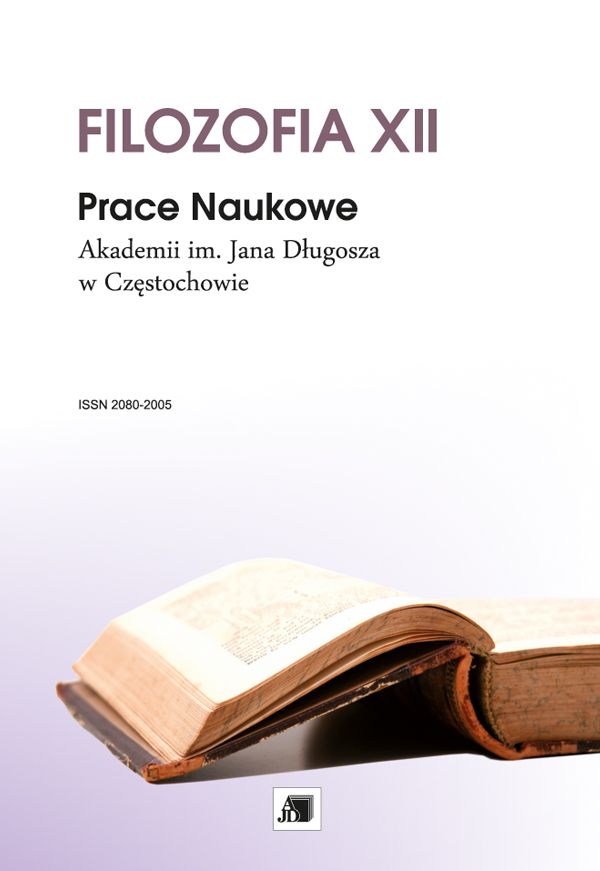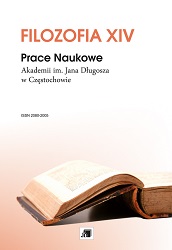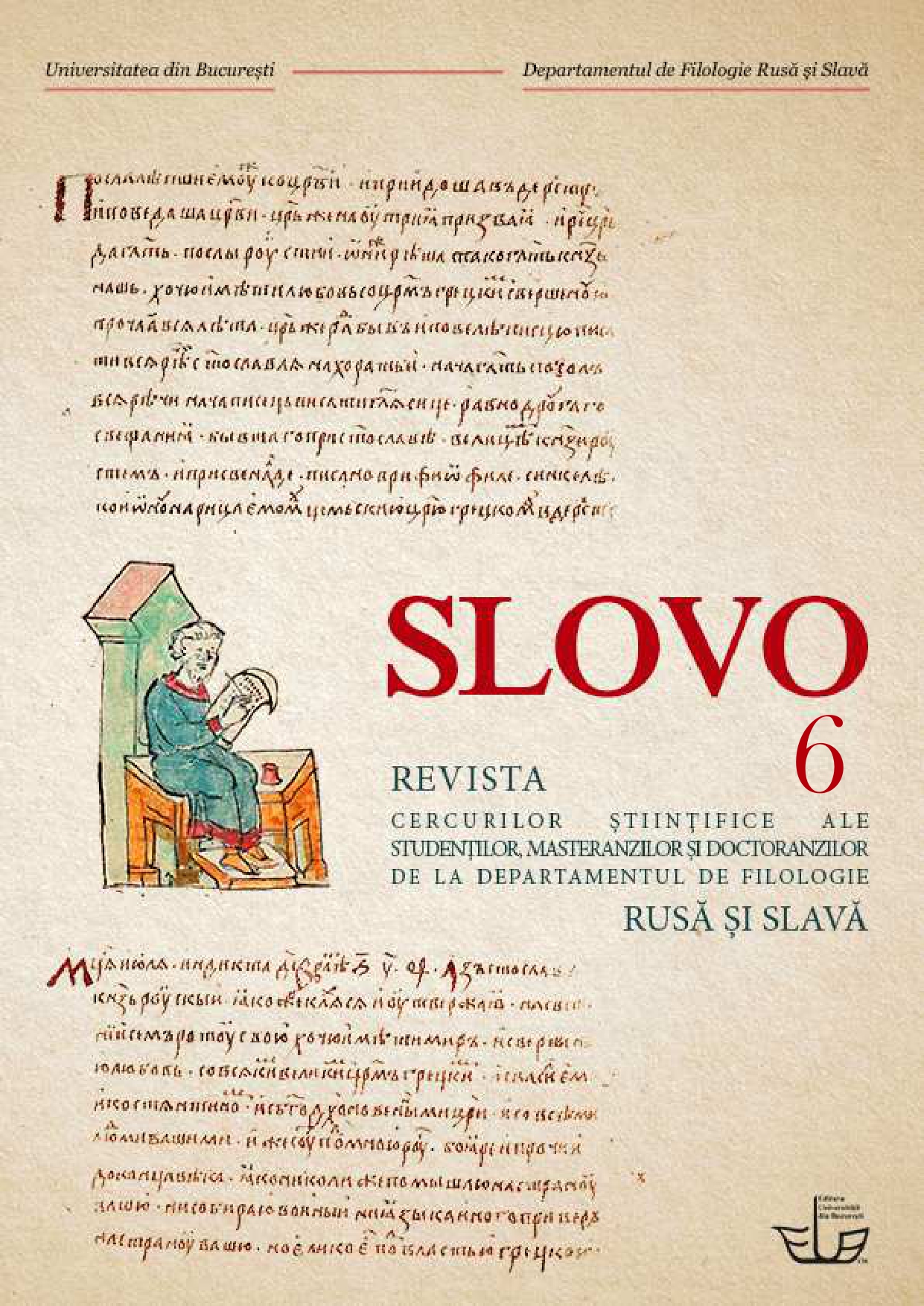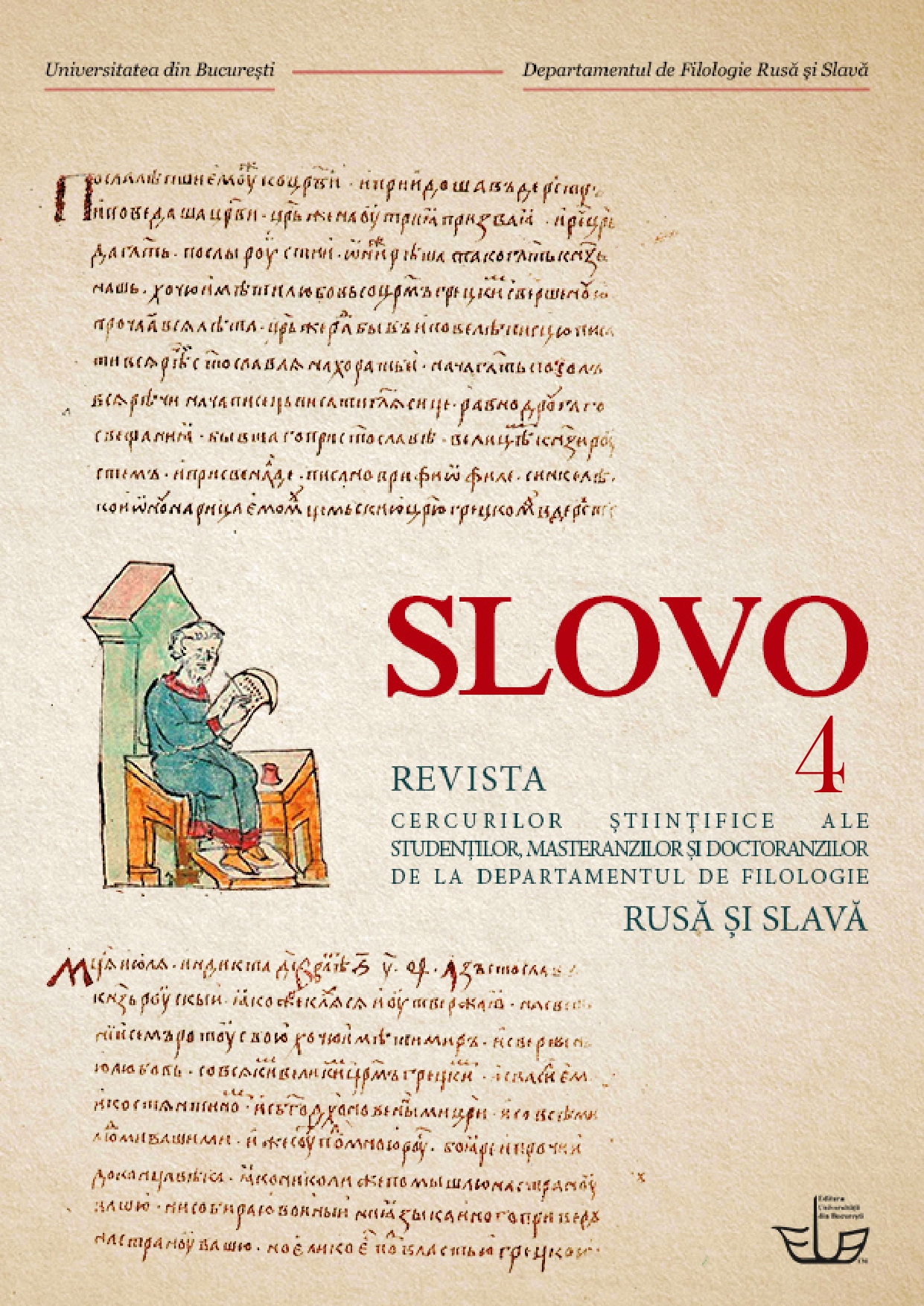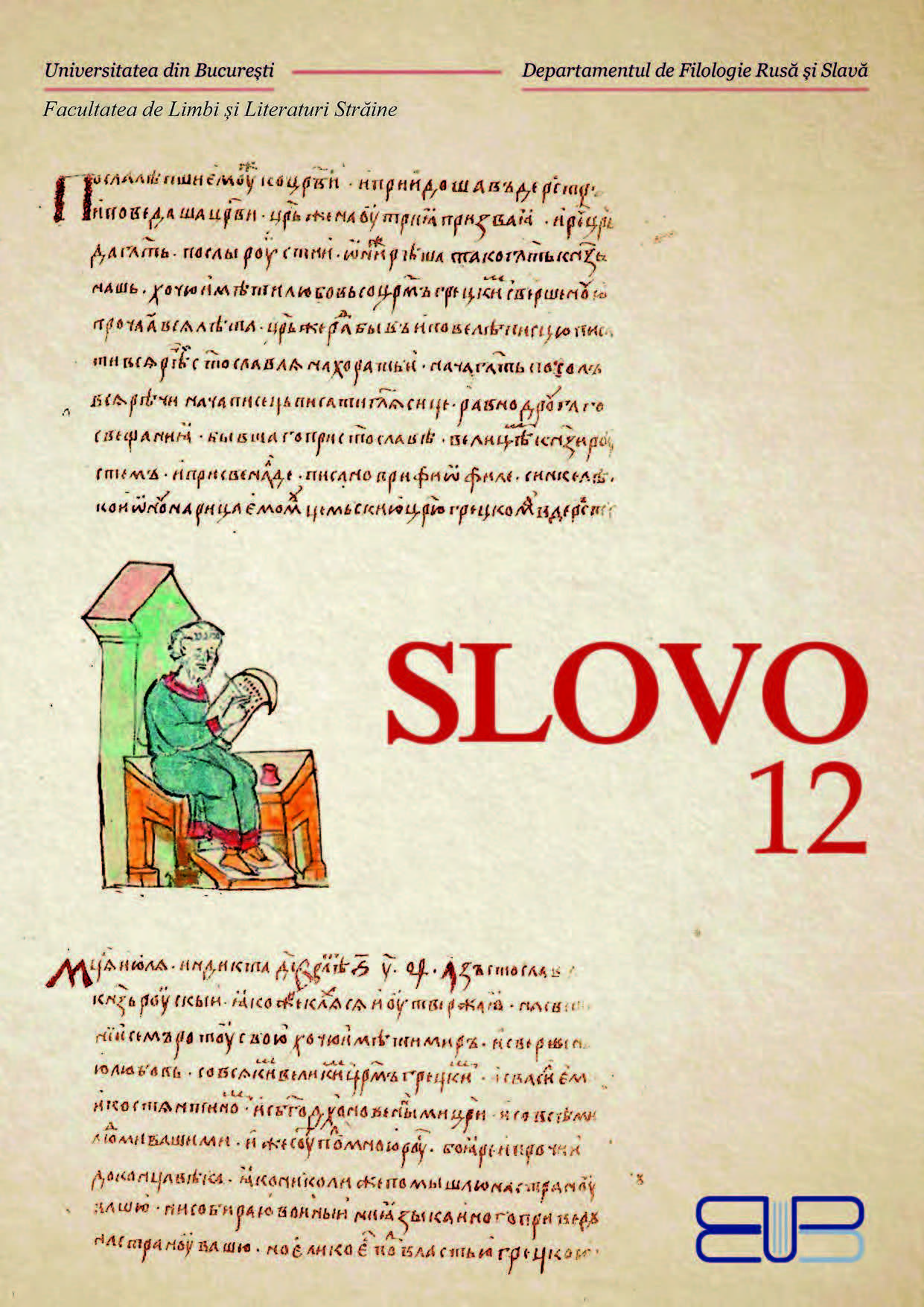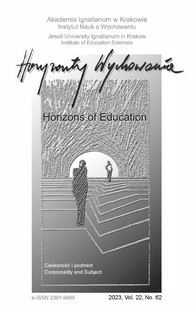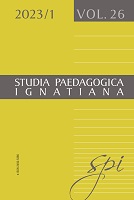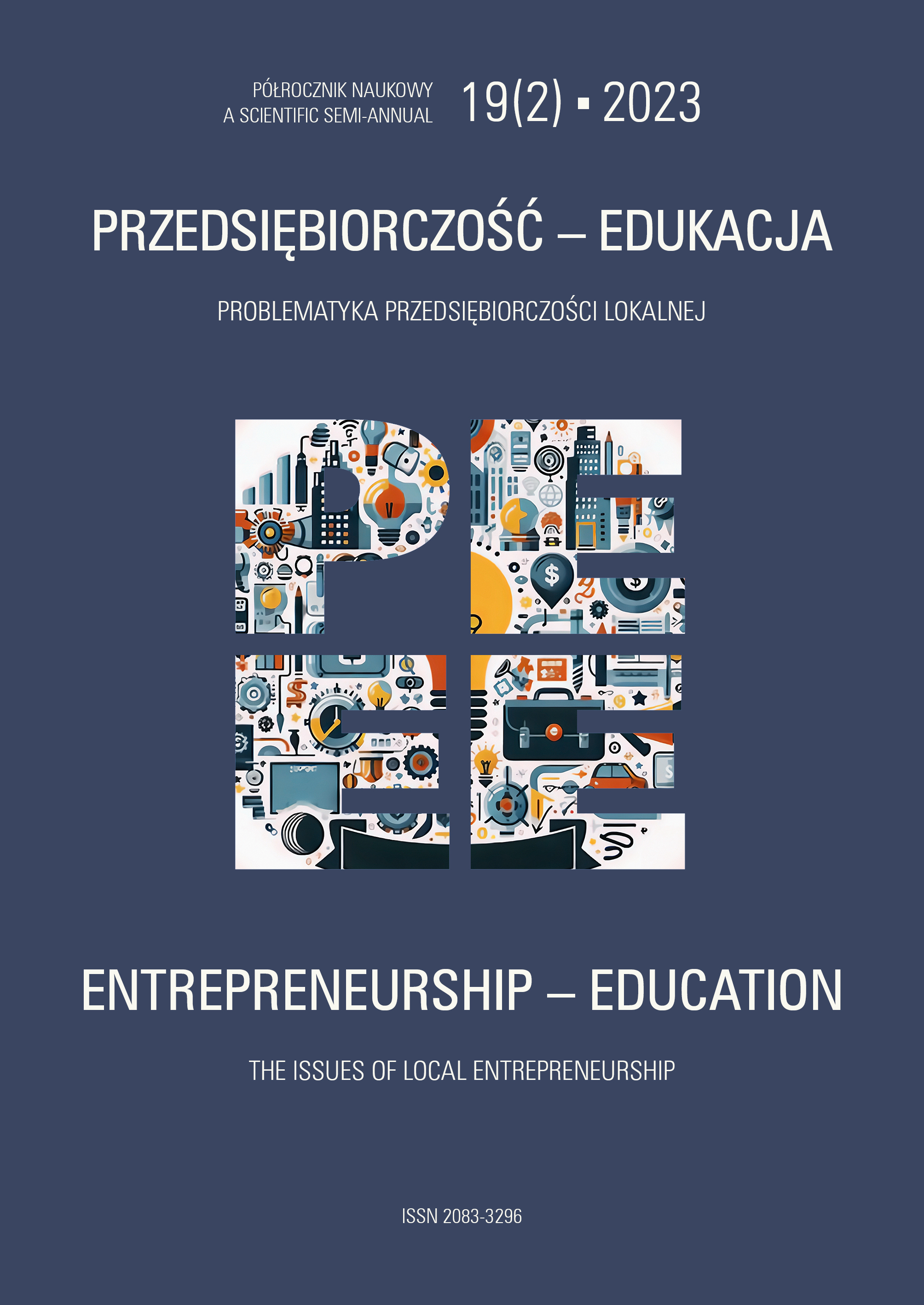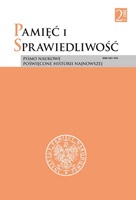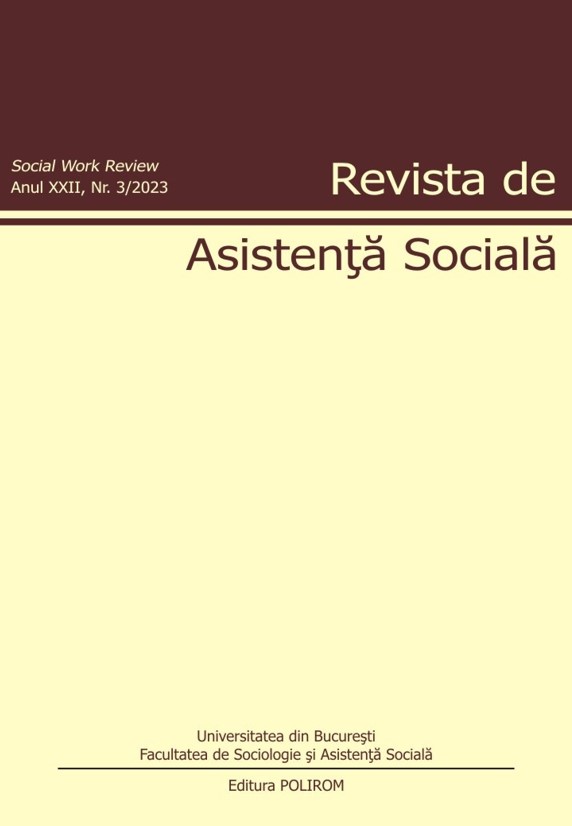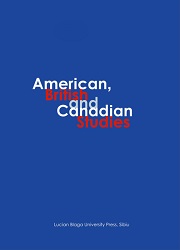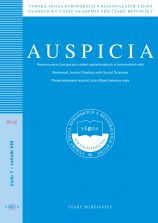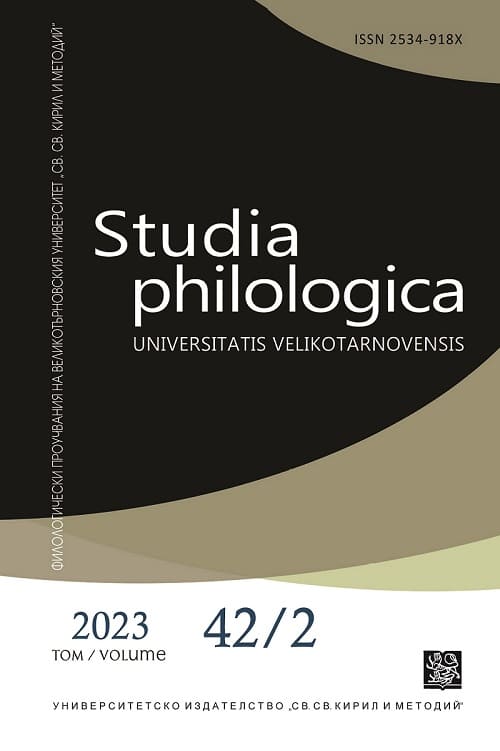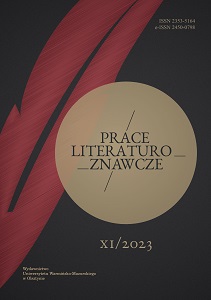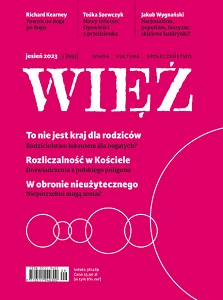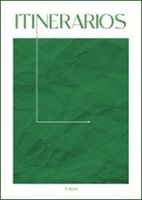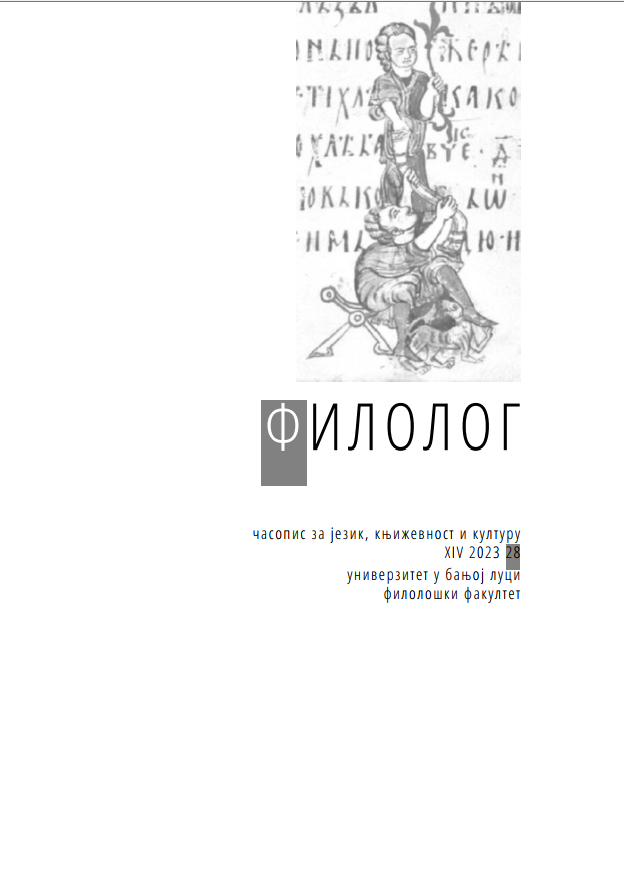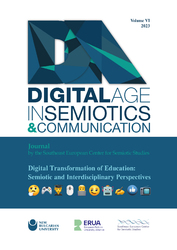
Počeci popularne kulture
The text describes the beginnings of popular culture in Europe, with a special emphasis on the press. After the discovery of printing, first xylograph printing at the end of the XIV century and then Gutenberg’s in the mid XV century, this media had been the basis for spreading mass culture until the late XX century. For the first time in known history, we are attending mass consumption of art. The press enabled the lowest social classes to possess cheap copies of their guardian saints. Besides this religious utilization, also widely spread were moralizing and educational materials with lots of graphics (Ars morendi, Das Narrenschiff, S. Brant, Adagia, E. Rotterdam), fashion manuals (De Gli Habiti Antichi et Moderni, C. Vecellio), Block-buch, even pornographic literature (I modi, P. Aretino). Furthermore, a possibility was discovered to use the press for propaganda and political purposes, especially after the beginning of reformation. This media was suitable for a series of satiric printed posters (The Fall of the Papacy, The Seven Headed- -papal Beast...) who mocked the Pope and the Catholic Church.
More...
